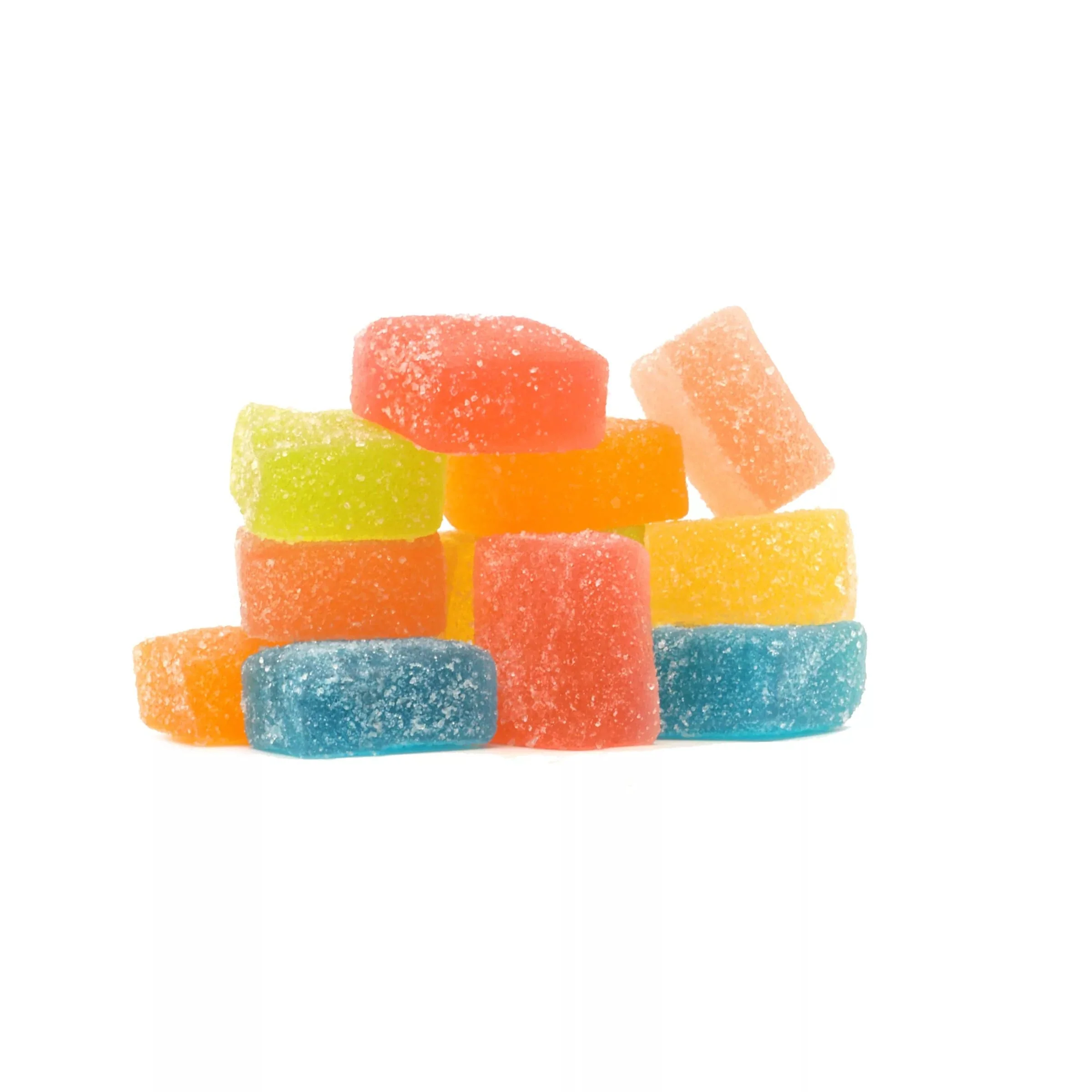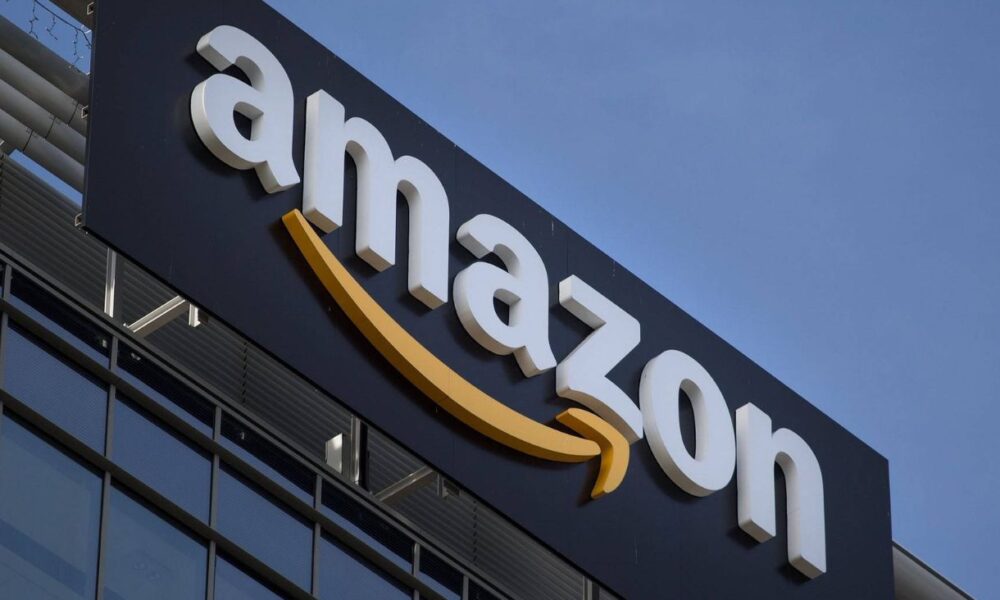ETFs or Exchange-traded Funds are an increasingly popular topic in the Hong Kong financial sector. Every year ETFs become more commonplace and dominate headlines as their influence on the world of finance increases. Learn more by following Saxo Capital Markets.
One reason for this interest is that ETFs can be bought and sold like shares, but unlike shares, they track a benchmark index such as the Hang Seng Index or HSI.
It led to an increase in trading over time which has increased turnover by nearly 20% every year since 2012, according to Bloomberg Businessweek (Bloomberg). This popularity can also lead to different types of trading strategies employed depending on what you want out of your investment.
An example would be how retail investors now make up 50% of long term ETF trades, according to Financial News (Financial). As a result, the trading strategies used to depend much more on what they want, whether they want a high turnover for a higher return or a lower turnover for a smaller return.
In Hong Kong, ETFs have been trading since 2003, and there are now more than 100 different types of funds available to traders which track the Hang Seng Index or other markets such as oil or gold (HKEx).
In addition to this, Hong Kong has become an increasingly popular place for ETF providers, with over 20 new issuances in early 2015, according to Reuters (Reuters). This move towards Hong Kong is partly due to its advantageous market conditions and tax rate. It is also the only financial centre in Asia that operates like America’s New York Stock Exchange (Bloomberg).
Trend trading
You are trying to identify trends and investing for short or medium-term profits. Buying or selling depends on whether you believe the market is going up or down in the short run. This strategy requires constant checking of prices and frequent buying and selling, so it’s helpful if your time is limited.
If you think the price will go up: Buy ETFs that follow an index that has recently been performing well, such as HKUSLTR (a bet that US stocks will do well), then sell them when you think there is a downward trend and buy once again when there’s another upward trend.
Active and Passive ETFs
The two main types used in Hong Kong are passive ETFs and active ETFs. Passive ETFs do not use any form of active management, which means that they track the index they are based on. An example would be the iShares China Large Companies Index Fund, which only invests in shares listed on the HKSE or companies that have their primary listing there. On the other hand, an ‘active’ ETF is one where the fund managers buy and sell stocks based on their specific criteria. These can include sector weighting, liquidity ratings, price momentum etc.; this process is known as ‘stock picking’.
Choosing between a passive or active strategy
According to Business Insider (Business Insider), they have been described as the ‘favourite investment’ of mainland Chinese investors according to Business Insider (Business Insider).
In 2013 this type of ETF became legal in China, and as a result, there has been a tremendous amount of new money going into them.
Companies have been able to sell more cheaply without having all their shares bought up by significant funds or institutions, which can often happen when an IPO happens (Bloomberg). However, the problem with this strategy is that the majority of Active ETFs are not very good at outperforming the market over extended periods, which means that even though they were cheaper on average than traditional mutual funds, they tended to underperform due to high fees and small size.
Active ETFs are much more prevalent in Hong Kong than passive ones, according to the South China Morning Post (SCMP), with over 90 being available to buy as of April 2015. The popularity is due to many different factors, but one key reason is that they have a lower expense ratio than their equivalent mutual fund products. If you invested 1 million into your local fund industry, you’d spend an average of around $8,000, whereas if you put it into an Active ETF, this should fall to around $3,200 – putting almost$5,000 back in your pocket (SCMP).






